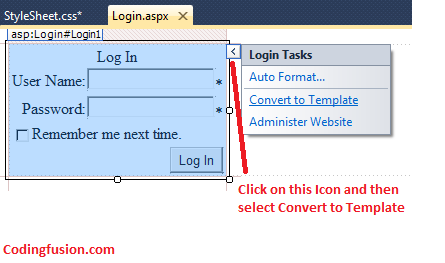JSON Patch in Asp.net Core Webapi

Scenario Consider following Person entity { "id": 1, "name": "Sam Kwee", "email": "skwee357@olddomain.com" , "address": "123 Mockingbird Lane", "city": "New York", "state": "NY", "zip": "10001" } If there is a requirement to update email address of the person from "skwee357@ olddomain.com " to "skwee357@ newdomain.com " as shown below { "id": 1, "name": "Sam Kwee", "email": "skwee357@newdomain.com", "address": "123 Mockingbird Lane", "city": "New York", "state": "NY", "zip": "10001" } We would generally do an HttpPut operation for such partial updates, which incurs updating the entire Person entity, for a minor change of a property (email in this case) ....

